Photographs: Lewis Larsson/Library of Congress/Wikimedia Creative Commons
Listing out the ones that need the most urgent attention
The United Nations Educational, Scientific and Cultural Organization or UNESCO's World Heritage Convention of 1972 lays down the basis for the desgination and management of World Heritage Sites around the world.
From time to time it places certain sites on a List of World Heritage in Danger whose conservation need major operations.
These sites could be under placed on the for several reasons -- from military or civil disturbances as in the case of the remains in the Bamiyan Valley of Afghanistan to environmental factors and lack of maintenance as in the case of Fortifications on the Caribbean Side of Panama: Portobelo-San Lorenzo.
We start with
Birthplace of Jesus: Church of the Nativity and the Pilgrimage Route, Bethlehem
Located about 10km to the south of Jerusalem, the Church of Nativity is one of the most recent entrants in the list. Located over a cave that is believed to be the birthplace of Jesus, the construction of the church was commissioned by Constantine and his mother Helena in 327 AD. Over the years, the church has seen many ups and downs including destruction by fire during the by fire during the Samaritan Revolts in the sixth century AD.
Last year the complex became the first Palestinian site to be listed as a World Heritage Site and was also placed in the list of sites in danger thanks to the damages it has suffered because of water leakage.
PHOTOS: World's most endangered heritage sites
Image: Ruins and Bay at Portobelo, PanamaPhotographs: Tedder/Wikimedia Creative Commons
Fortifications on the Caribbean Side of Panama: Portobelo-San Lorenzo
The fortifications, built around the 17th and 18th century around the sites of Portobelo and San Lorenzo had been listed as part of the World Heritage in 1980.
The fortifications that are classic examples of Spanish colonial military architecture include forts, castles and barracks that sought to protect the harbour.
Over the centuries the fortifications have seen a lot of rebuilding since they provided access to the Isthmus of Panama, an important trade route of its time. However as newer routes were discovered, the fort saw fewer attacks and the fortifications you see today are those that were built by the Spanish after they conquered the fort in 1761.
After it was abandoned by Spain in 1821 after Panama became independent, Fort San Lorenzo was put to various uses, including as a prison.
The fortifications haven't been preserved as well as they ought to and so it wasn't much of a surprise that they were put on the List of World Heritage in Danger citing 'Environmental factors, lack of maintenance and uncontrollable urban developments'.
PHOTOS: World's most endangered heritage sites
Image: Liverpool's Albert DockPhotographs: Wikimedia Creative Commons
Liverpool Maritime Mercantile City
Liverpool Maritime Mercantile City, in essence, comprises six locations in Liverpool's city centre. It includes the Pier Head, Albert Dock and William Brown Street as well as several of Liverpool's landmarks.
The city of Liverpool had been one of the most important trading centres of the 18th and the 19th centuries as well as led the world in the field of modern dock technology and transport systems.
The site was listed amongst UNESCO's World Heritage sites in 2004 for being 'the supreme example of a commercial port at a time of Britain's greatest global influence'.
Seven years later, in 2012, the site was put on the List of World Heritage in Danger thanks to the proposed construction of Liverpool Waters project.
The £5.5bn proposed development plan hopes to make use of the derelict dock spaces in the hope of creating 21m sq ft of new commercial and residential floor space. This would include 23,000 apartments and four hotels with the tallest towers being over 50 stories high.
PHOTOS: World's most endangered heritage sites
Image: Monastery Gracanica, part of the medieval monuments in KosovoPhotographs: Quinn Dombrowski/Wikimedia Creative Commons
Medieval Monuments in Kosovo
The Medieval Monuments in Kosovo comprises four Serbian Orthodox Christian churches and monasteries that according to UNESCO feature a 'distinct style of wall painting, which developed in the Balkans between the 13th and 17th centuries'.
Located in Kosovo the monuments were listed among UNESCO's World Heritage Sites in 2004.
However two years later, in 2006, the site was promptly put on the danger list for a number of reasons including 'lack of legal status of the property', 'lack of legislative protection of buffer zones' and the 'difficulties to monitor the property due to political instability, post-conflict situation' among others.
PHOTOS: World's most endangered heritage sites
Image: The Tomb of AskiaPhotographs: Wikimedia Creative Commons
The Tomb of Askia
Believed to be the burial place of the Emperor Askia Mohammad I, the Tomb of Askia was constructed towards the end of the 15th century and found its place in the list of UNESCO's World Heritage Site in 2004.
Standing tall at a little over 55 feet, the tomb has been described by UNESCO as 'a fine example of the monumental mud-building traditions of the West African Sahel'.
The tomb originally served as a residence and was constructed by Askia Mohammad.
It is believed that Mohammad, a devout Muslim visited Mecca and constructed this outstanding structure with the materials that he brought along with him from the holy land.
After he died, he was buried there and the site sealed.
The tomb functions as a mosque and has been replastered on a regular basis, as is required for mud structures. Further, the area around it has also been protected by the law of the land. However, UNESCO has named it in the List of World Heritage in Danger at the request of the government of Mali in the face of armed conflict and 'the seriousness of the threats to the conservation' of the site.
PHOTOS: World's most endangered heritage sites
Image: The remains of the site where one of the Bamiyan Buddhas stood.Photographs: Sqamarabbas/Wikimedia Creative Commons
Cultural Landscape and Archaeological Remains of the Bamiyan Valley
The site of the Buddhas of the Bamiyan Valley received international attention when the Taliban destroyed the two statues in 2001. Interestingly, the site was included in UNESCO's World Heritage Sites list two years later, in 2003.
While the Buddhas were without a doubt the most prominent structures, the Bamiyan Valley comprises several Buddhist monasteries as well as chapels and sanctuaries that date back to the 3rd to the 5th century CE.
UNESCO recognises this site as being in 'in a fragile state of conservation considering that it has suffered from abandonment, military action and dynamite explosions'. It also takes into account the major dangers that the site faces including imminent collapse of the Buddha niches as well as deterioration of the 'existing mural paintings in the caves, looting and illicit excavation'.
PHOTOS: World's most endangered heritage sites
Image: Tombs of Buganda Kings at KasubiPhotographs: Phil/Wikimedia Creative Commons
Tombs of Buganda Kings at Kasubi
The site of the burial grounds for the kings of Buganda and a UNESCO World Heritage Site, the tombs are a spiritual centre for the Buganda people. Spread across 30 hectares of hillside in the Kampala district, most of the site consists of agricultural farmlands with the former palace-turned-burial ground occupying the top of the hill.
What makes the tombs significant is that they are made primarily of organic materials including wood, thatch and reed among others.
The site that was listed among UNESCO's World Heritage Sites in 2001 was included in the World Heritage in Danger list in 2012 after the main building of the site was destroyed by fire on March 16.
PHOTOS: World's most endangered heritage sites
Image: The Minaret of JamPhotographs: David Adamec/Wikimedia Creative Commons
The Minaret of Jam
The Minaret of Jam has the dubious distinction of being the other site besides the Cultural Landscape and Archaeological Remains of the Bamiyan Valley in Afghanistan to be named in the World Heritage in Danger list.
Located by the River Hari in the Ghor Province of western Afghanistan, the minaret stands tall at over 203 feet amidst mountains that tower over it at over 7800 feet. The Minaret of Jam was constructed in the 1190s by Ghurid Sultan Ghiyas-od-din and is believed to mark the site of the ancient city of Firuzkuh, Ghurid dynasty's summer capital.
The minaret is made entirely from fired bricks and covered geometric decoration that includes verses from the Koran.
With practically no legal protection or an effective monuments protection agency or a comprehensive management plan, the Minaret of Jam was included in the World Heritage in Danger list in 2002, the same year it was inscribed on the World Heritage List.
PHOTOS: World's most endangered heritage sites
Image: Abu MenaPhotographs: Tiagox/Wikimedia Creative Commons
Abu Mena
An early Christian pilgrimage centre and a monastery complex, Abu Mena lies about 45 km southwest of Alexandria. Designated a World Heritage Site in 1979, the city was practically built over the tomb of Menas of Alexandria.
The monastery here was built t commemorate Menas, an Alexandrine officer in Diocletian's army who refused to kill any Christians after his army won. According to legend his remains were brought back from Phrygia by camel. The spot where the animal refused to walk anymore became his burial ground and from where water welled up filling the area with vines and olive trees.
Somewhat ironically, it is this miraculously generated water that is causing much trouble to the site. In the recent years, thanks to agriculture, the water table in the area has seen a significant rise making many buildings to collapse or become unstable. The site was added to the World Heritage in Danger list in 2001.
PHOTOS: World's most endangered heritage sites
Photographs: Hakan Svensson/Wikimedia Creative Commons
Chan Chan
The capital of the Chimu Kingdom that was at its zenith in the 15th century Chan Chan was the largest earthen architecture pre-Columbian city in South America. Constructed around AD950, Chan Chan flourished and housed over 30,000 people till it fell to the Inca Empire in 1470.
The city was divided into nine 'citadels' or 'palaces' and covered over 20 sq km of area. Within these units were buildings, temples, storehouses, reservoirs etc making them independent of each other.
Agricultural areas and an extensive irrigation system supplied by rivers Moche and Chicama has been excavated on thee sides of the city
Since its structures were being damaged by natural erosion and excavation the site of Chan Chan was inscribed on the List of World Heritage in Danger in 1986 and included in the World Heritage List in the same year.


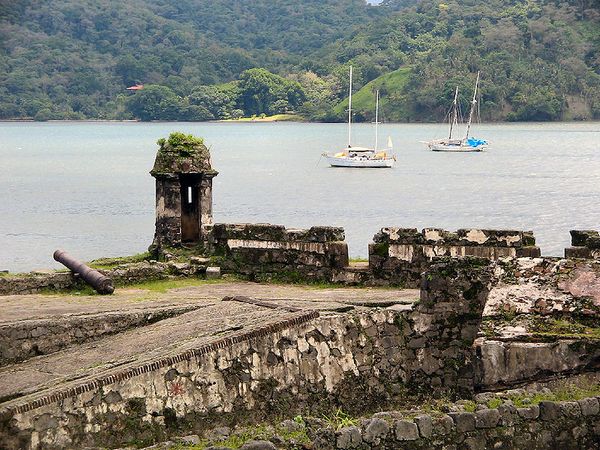
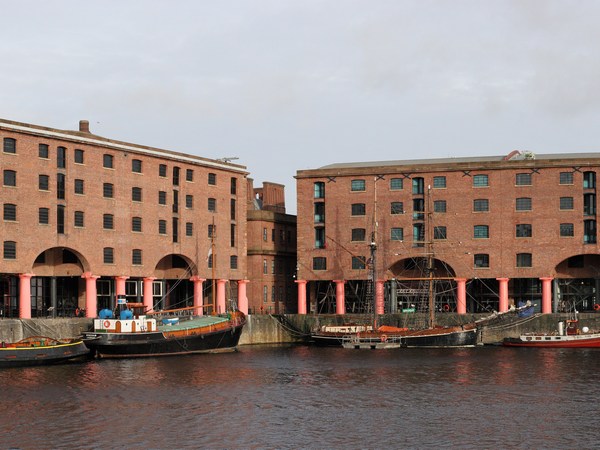
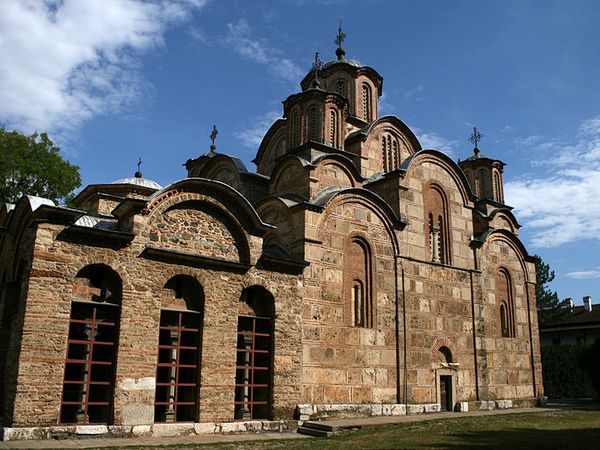
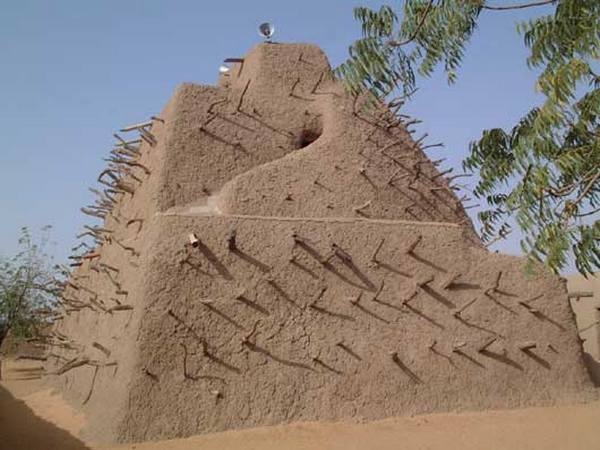
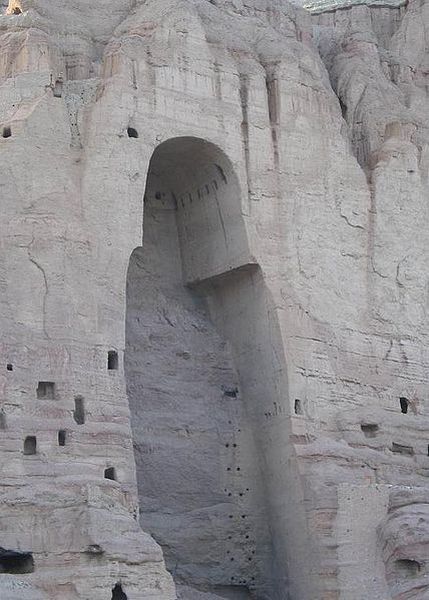


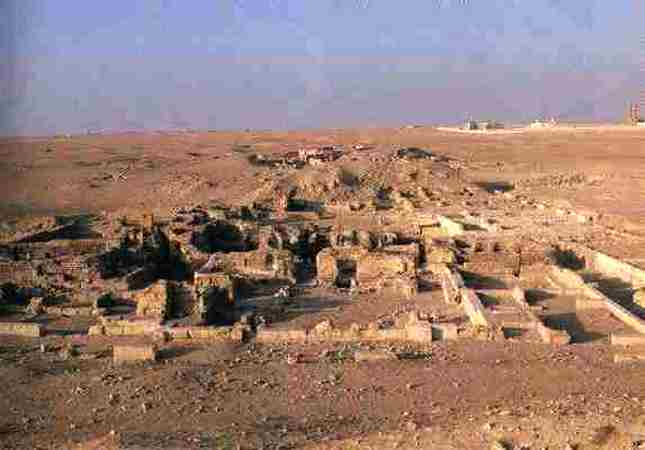
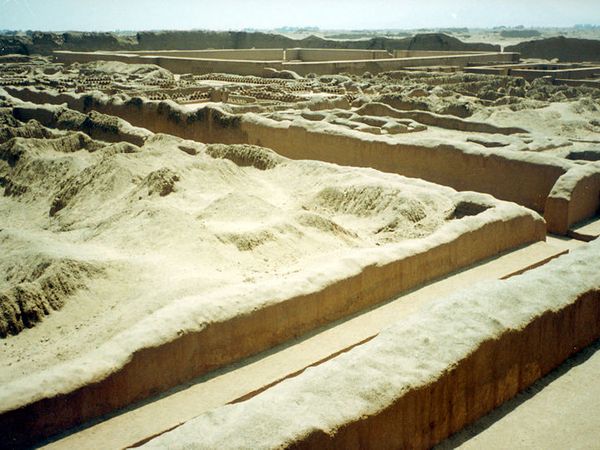
Comment
article